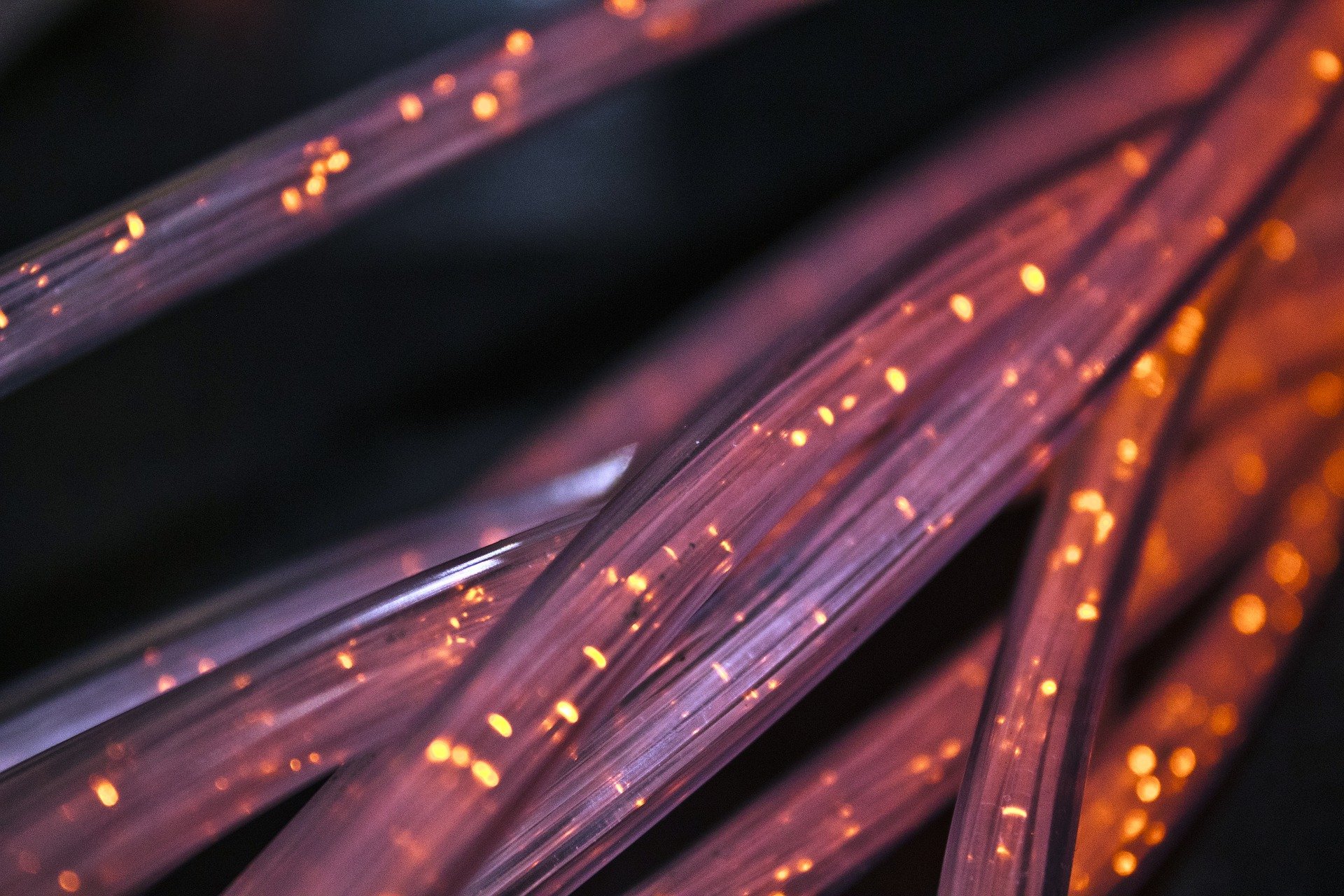

The Indonesian government has a strong focus on reaching their target of 23% renewable energy (RE) in the energy system by 2025. There is an understanding that the deployment of RE needs to accelerate in order to reach the target and secure a low-cost development of electricity generation.
One of the identified barriers is the integration of variable RE and its impact on existing fossil fuelled power plants. Technical and financial limitations of the plants often restrict the possibilities to operate flexibly, and, in some cases, long term contracts prolong their lifetime beyond an economic optimal development. Current modelling with Balmorel focuses on achieving the lowest total system costs in a given scenario, but there is a demand to evaluate the financial impacts on the different actors involved and electricity consumers. Therefore, an extension of the existing model is needed.
The cooperation between the various institutions working with modelling and long-term planning needs to be strengthened. This will become even more relevant as the models get more complex and require expert staff to be operated. Hence, there is a need for a tool to provide a simple overview of key results from all sectors in the energy system. Specifically, this means gathering results from the Indonesian LEAP and Balmorel models.
As part of the Danish Energy Agency engagement in Indonesia, Ea together with COWI supported MEMR (Indonesian Ministry of Energy and Mineral Resources) and DG Electricity in their work on analysing and planning the development of the Indonesian power system. This included:
The project ran from May 2021 to April 2023.

Find information about one of our projects in Türkiye here.